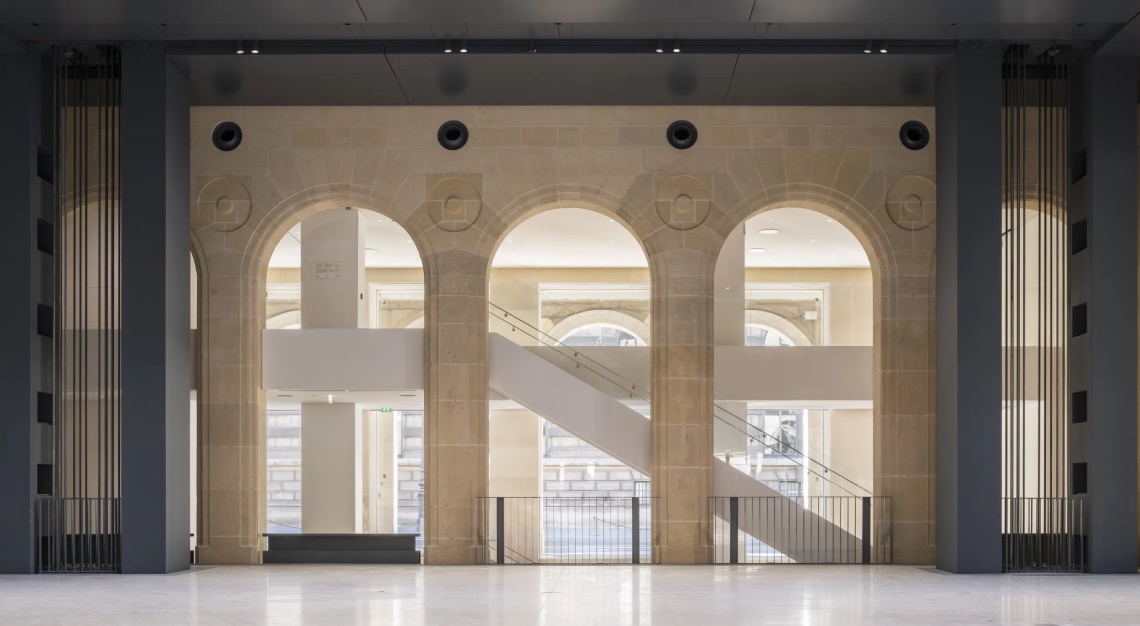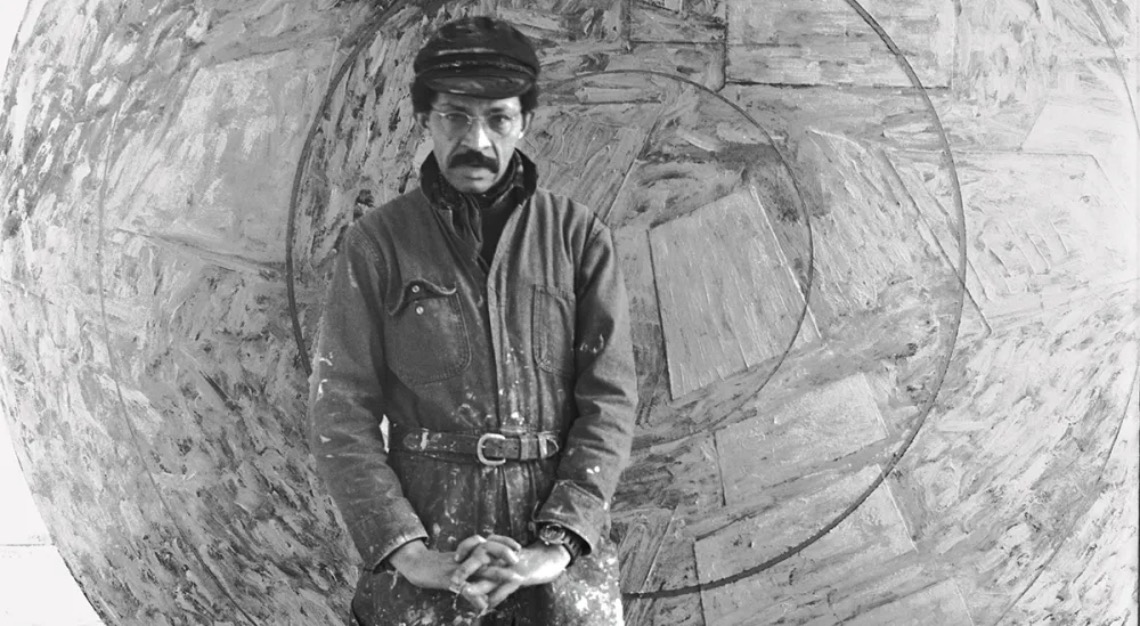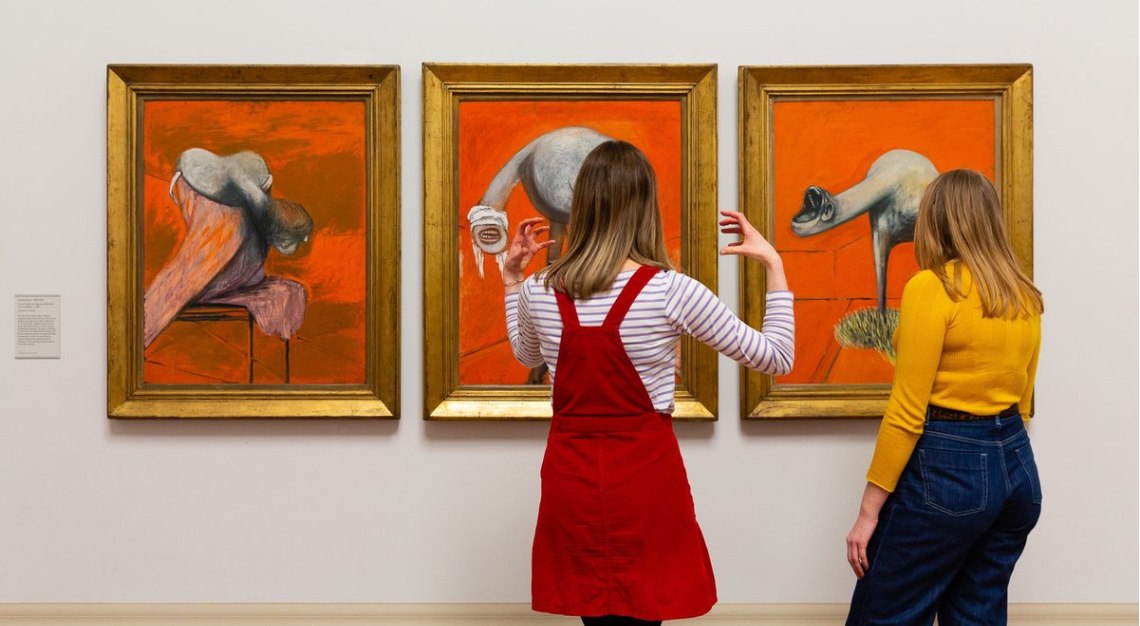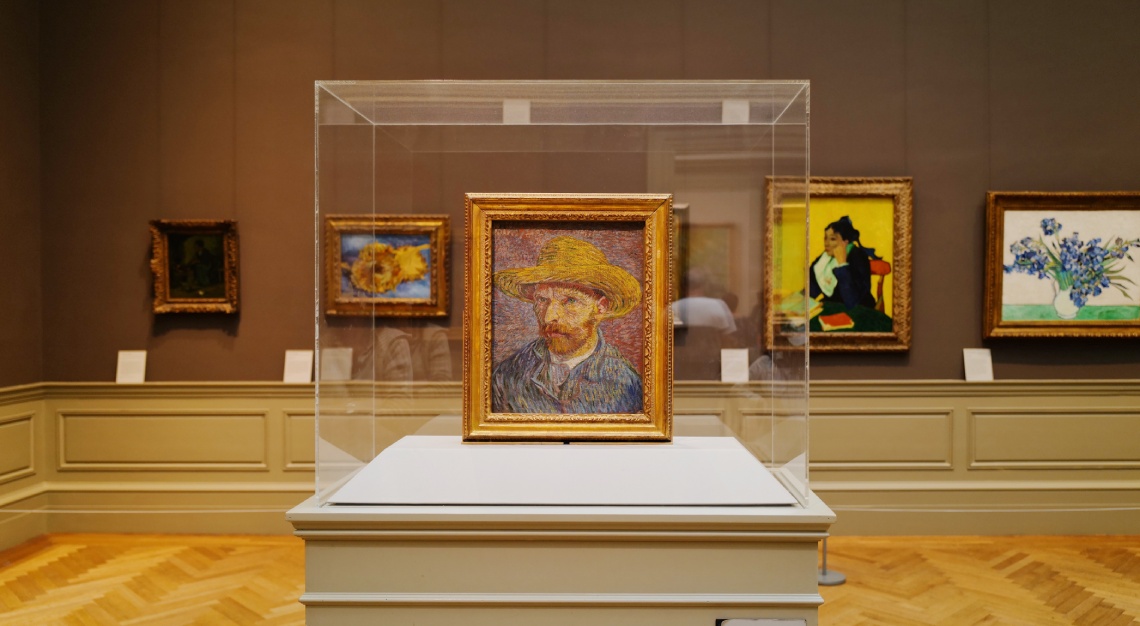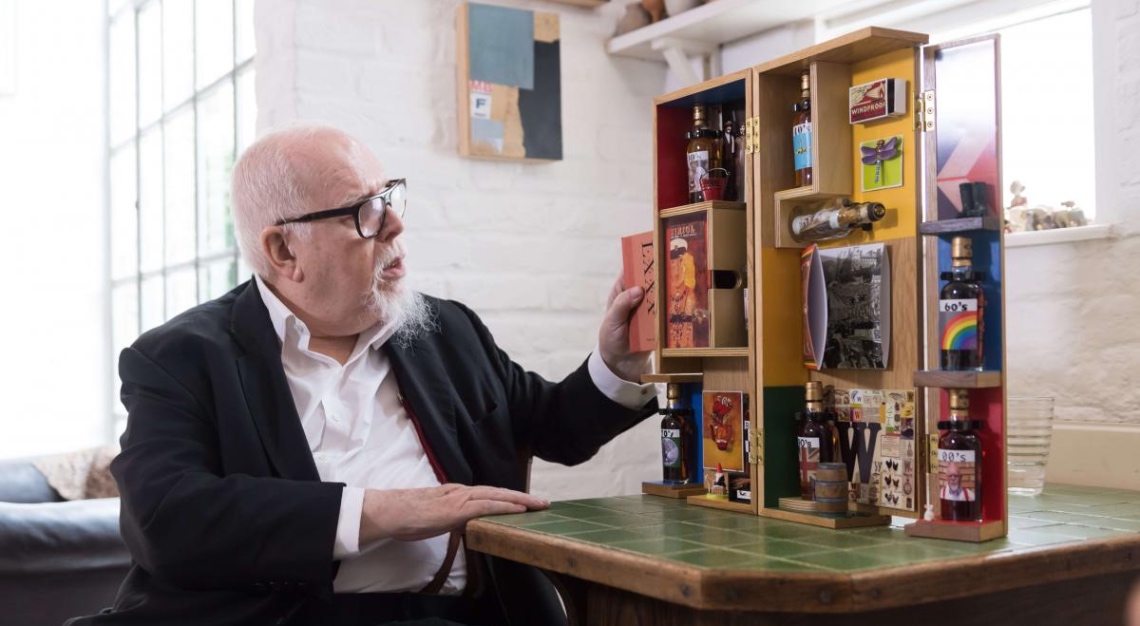The new Fondation Cartier is designed to accommodate creativity while retaining the architectural and urban memory of the building
When time and logistics became a problem for public museums, then Cartier founder Alain Dominique Perrin decided to create the Fondation Cartier pour l’art contemporain, where artists would be given total freedom and decisions made in a heartbeat. In 1984, it opened on an estate outside Paris, before making its way into the capital a decade later, to a building designed by Jean Nouvel, the French Pritzker Prize-winning architect behind modern landmarks like the Institut du Monde Arabe and National Museum of Qatar.
This 25 October 2025, the Fondation Cartier will mark a new chapter with a new home also designed by Nouvel. Located next to the Musée du Louvre, it’s a cavernous building with plenty of history—a 19th-century hotel-turned-department store-turned-antique mall—leaving the façade untouched and the interior gutted, freeing up as much as 8,500 square metres for public spaces.
A vast 6,503-square-metre atrium was designed, with five mobile platforms that can rise as high as 11 metres, giving curators and artists the freedom to install works of all shapes and sizes. There are 1,208 square metres of passages built across three floors, offering one bird’s-eye views of the art on display, with surfaces painted according to whatever colour the artists want for their shows. The only constant would be the auditorium, permanently cloaked in a crimson hue that brings to mind the Cartier red.
The inaugural exhibition, which runs through 23 August 2026, is entitled Exposition Générale, and will feature nearly 600 works from the Fondation Cartier’s 4,500-work collection, acquired from over 100 artists it previously exhibited. Participating artists include filmmaker David Lynch, architect Bijoy Jain and American artist David Hammons.
Featured photo by Martin Argyroglo
